Share the page
Protecting Waterbirds in the Major Sahelian Wetland Areas (RESSOURCE)
Project
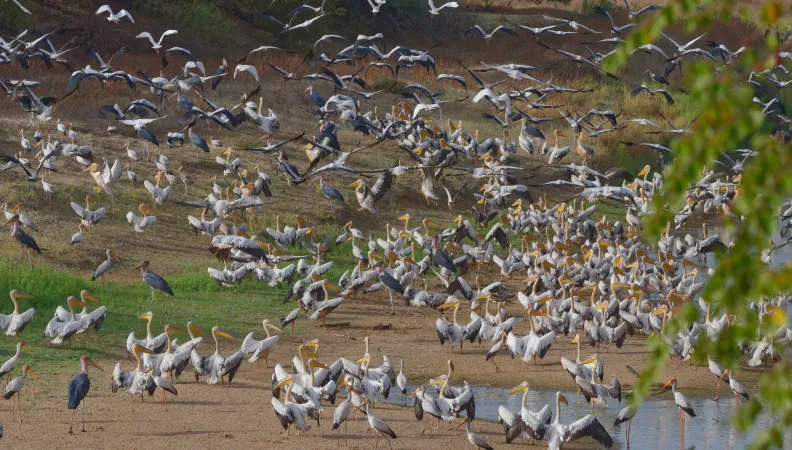
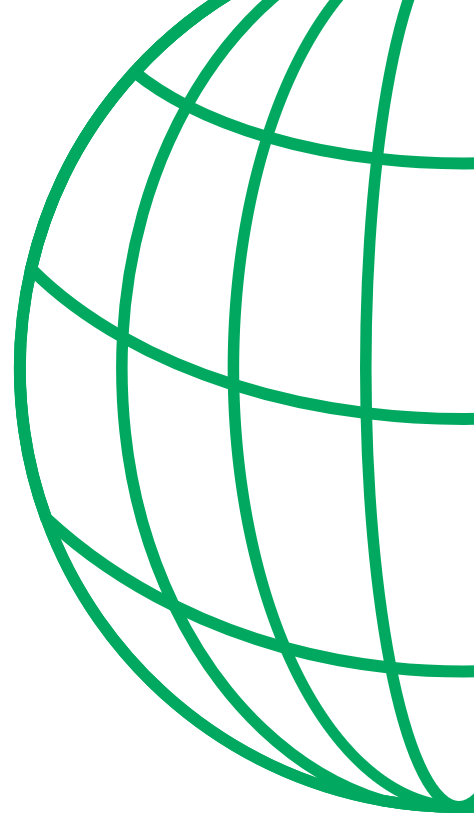
-
Project start date
-
Status
Completed
-
Estimated date of project termination
-
-
Project financing date
-
-
Financing duration
-
4 years
-
Type of program
-
FFEM
-
Global financing amount
-
€ 5 062 000
-
FFEM financing amount
-
€ 1 500 000
-
Project lead member institution(s)
-
French Ministry for Ecological and Inclusive Transition
-
Country and region
-
Ethiopia, Mauritania, Chad, South Sudan, Sudan
-
Location
-
N'Djamena
-
Type of financing
-
Partners
-
CIRAD, EU
-
Beneficiaries
-
Organisation des Nations Unies pour l'alimentation et l'agriculture (FAO)
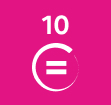
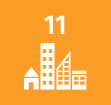
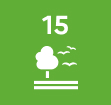
sahélo-saharienne ont altéré le fonctionnement des grandes zones humides du Sahel, riches en biodiversité. Pour améliorer la gestion des ressources naturelles, particulièrement des populations d’oiseaux d’eau, le FFEM a soutenu le projet RESSOURCE.
Context
In Africa, the Sahelo-Saharan eco-climatic zone spans ten countries and is home to nearly one million inhabitants in the Inner Niger Delta. It comprises the four major wetlands of the Sahel (GZHS), whose ecosystems support rich biodiversity. However, recurring episodes of climate stress, along with increases in both human and livestock populations, have led to accelerated environmental degradation and increased desertification. Biodiversity—particularly waterbirds, and especially migratory species—is being significantly affected.
The RESSOURCE project aims to reconcile the goals of conservation and food security for local populations by developing a better understanding of the spatio-temporal dynamics of waterbirds and how they are utilized. The objective is to ensure that bird population harvesting is sustainable and to improve the management of wetlands, which serve as their habitat.
Improving knowledge about waterbirds in relation to climate change is one of the project’s major priorities. This will help better define public policies for monitoring and conserving biodiversity in wetland areas.
Description
The project is divided into five components:
- Monitoring the "waterbird" resource through harmonized counting methods, following capacity building for local stakeholders.
- Promoting the conservation of the "waterbird" resource by implementing integrated management plans in two pilot wetland areas and establishing a small grants fund.
- Assessing the socio-economic importance of waterbird hunting by local populations in order to develop sustainable use mechanisms for this resource.
- Strengthening local capacities in the management of waterbird populations and wetlands, and promoting the project to build a regional community of experts.
- Reinforcing legal and institutional frameworks related to the "waterbird" resource.
Outcomes
- Communication of the results of the surveys carried out as part of the project, and development of an evidence base to inform the creation of new public policies.
- Preservation of the composition and functioning of wetlands benefiting from a management plan.
- Improved understanding of the socio-economic and ecological impact of waterbird hunting.
- Strengthening capacities through wetland and waterbird conservation actions initiated by local stakeholders.
- Improvement of legal and institutional frameworks.
Innovative and exemplary features
Le projet RESSOURCE est l’un des premiers à traiter spécifiquement de la ressource « oiseaux d’eau », et cela, dans les zones humides du Sahel jusqu’ici peu étudiées. Il innove par son approche de quantification du commerce des oiseaux d’eau, d’analyse de la dimension socio-économique de cette activité et de son impact sur les dynamiques démographiques.
Ce projet est le premier à prévoir l’utilisation d’une méthodologie standardisée de comptage sur tous les sites concernés et la programmation des inventaires simultanés et coordonnés sur toutes les grandes zones humides du Sahel. Cette approche, qui devrait permettre d’atténuer les effets des biais méthodologiques dans les estimations de populations et de renforcer les capacités des acteurs locaux en matière de conservation et d’exploitation durable de cette ressource, est facilement réplicable dans d’autres zones humides d’Afrique.
RESSOURCE project guide : Les oiseaux d’eau dans le delta du fleuve Sénégal
Sustainable Development Goals
ODD10 Reduced inequalities

ODD11 Sustainable cities and communities

ODD15 Life on land



